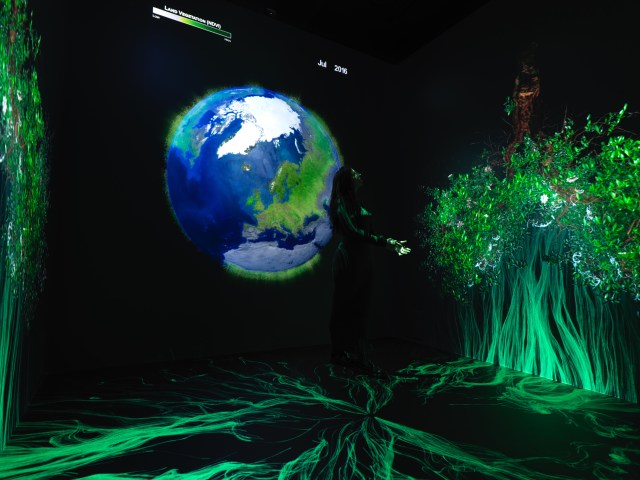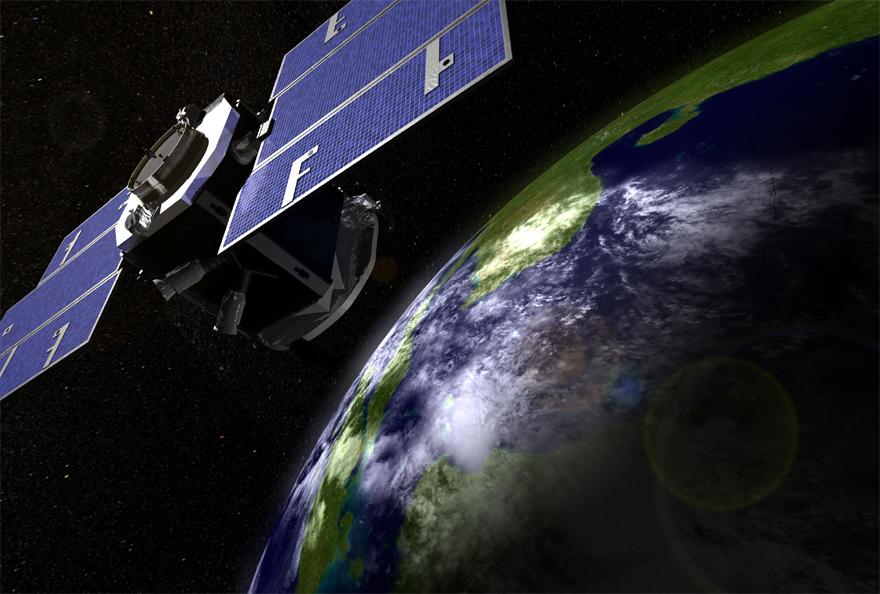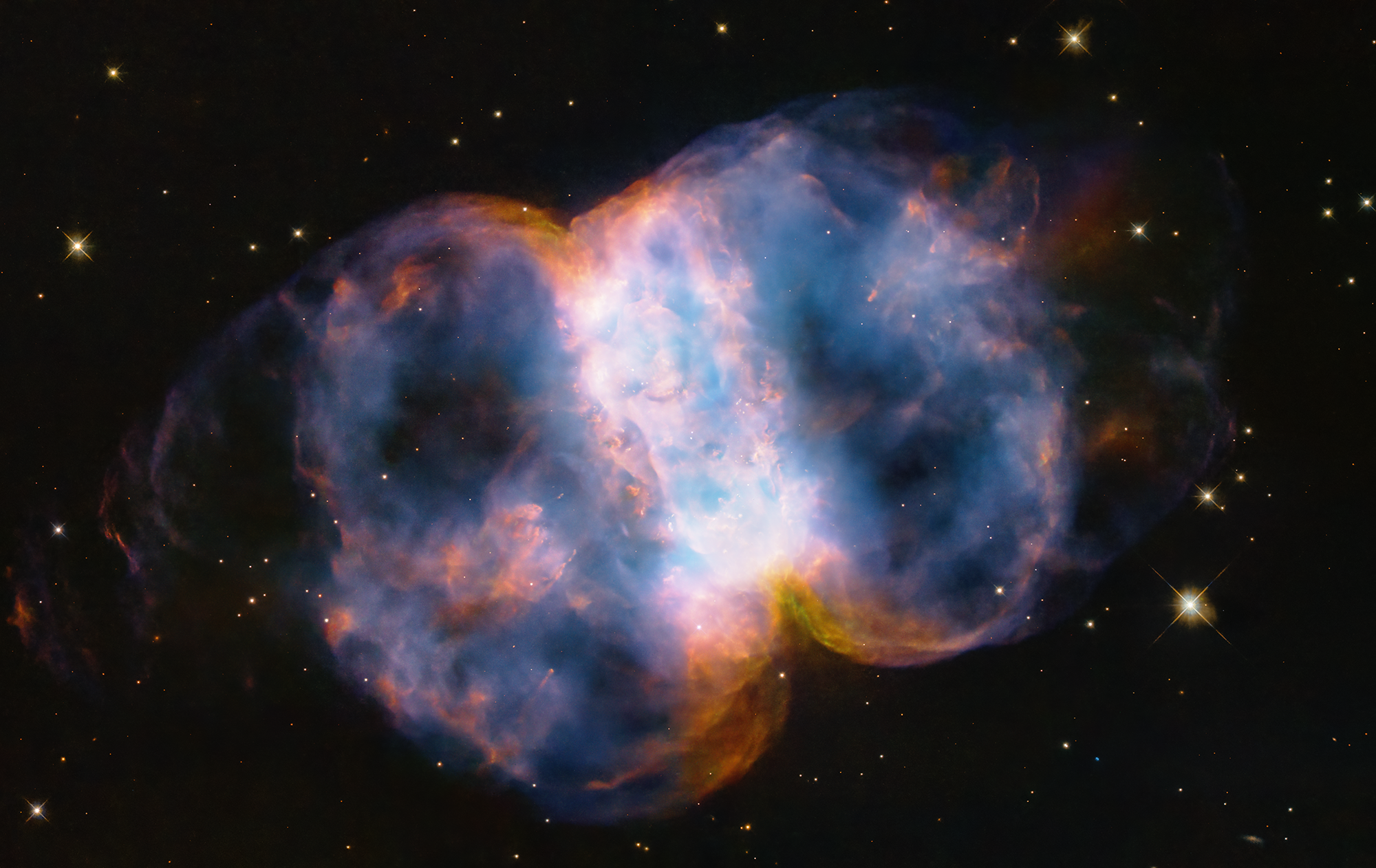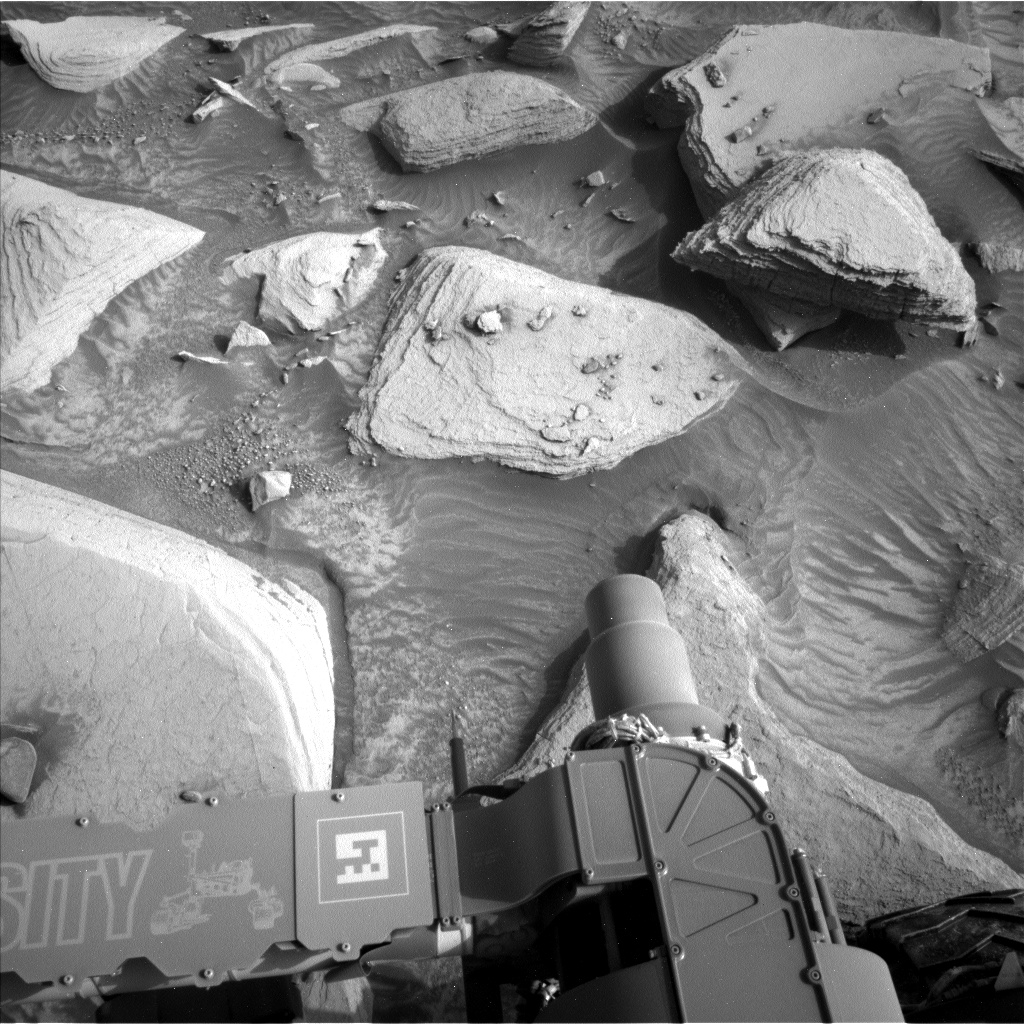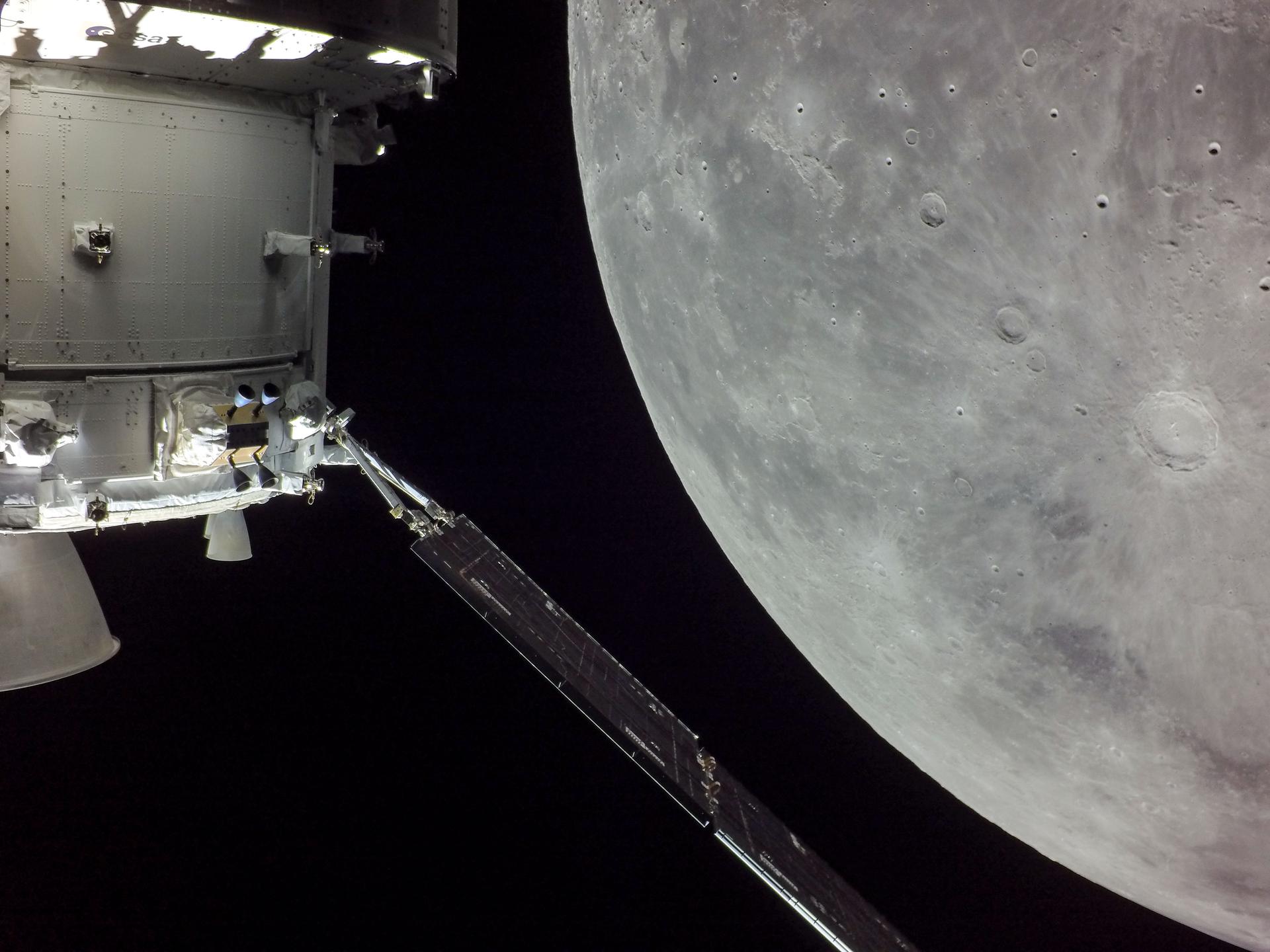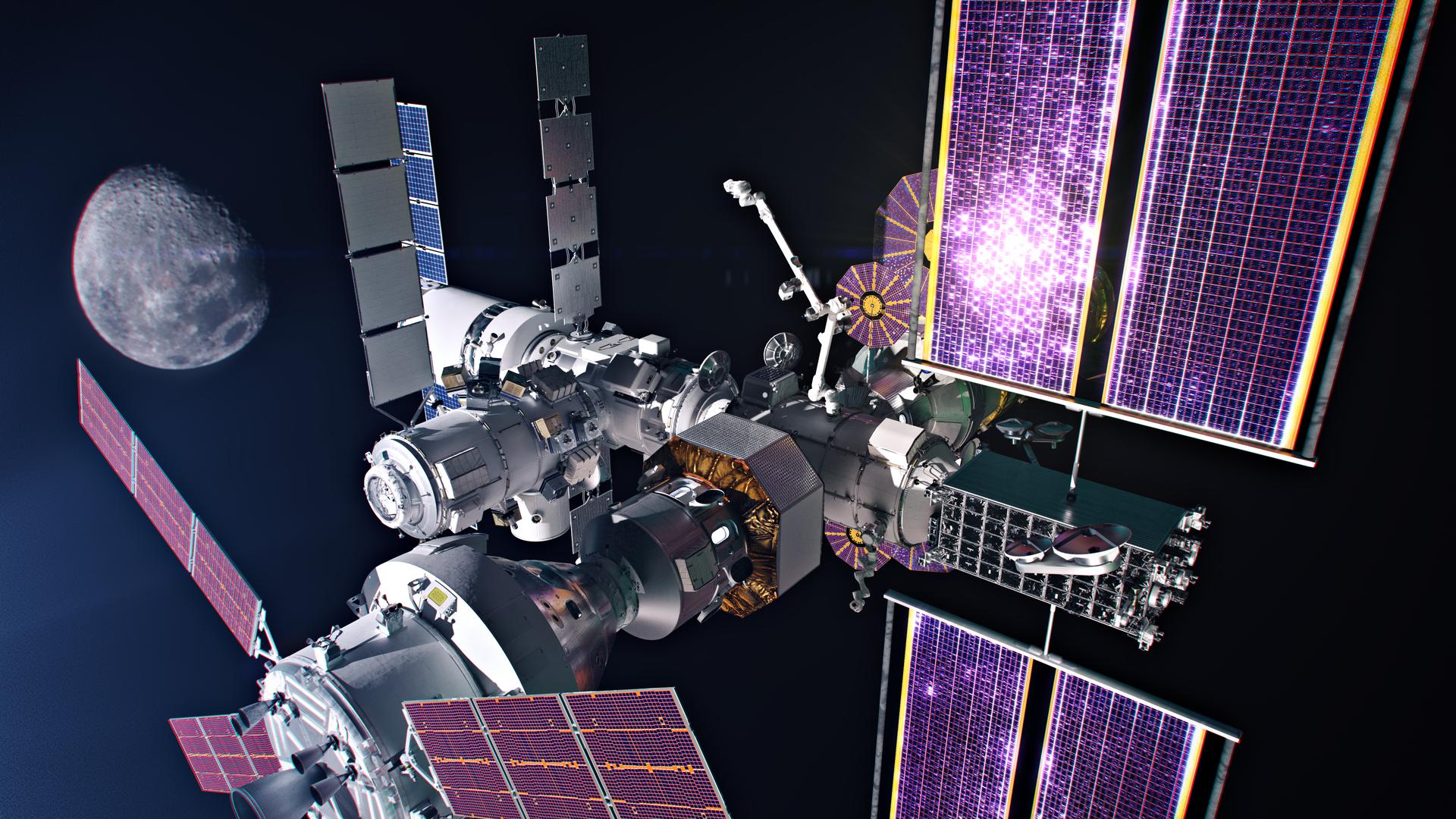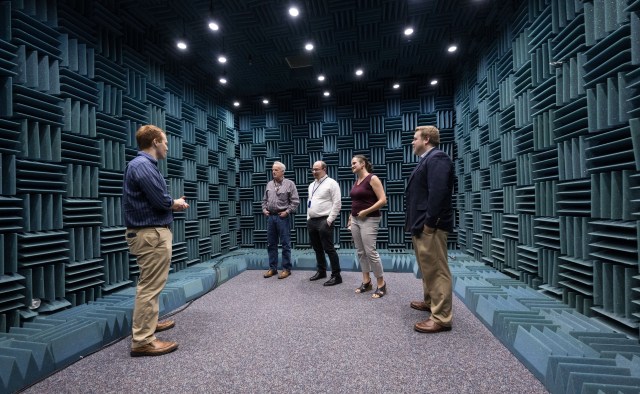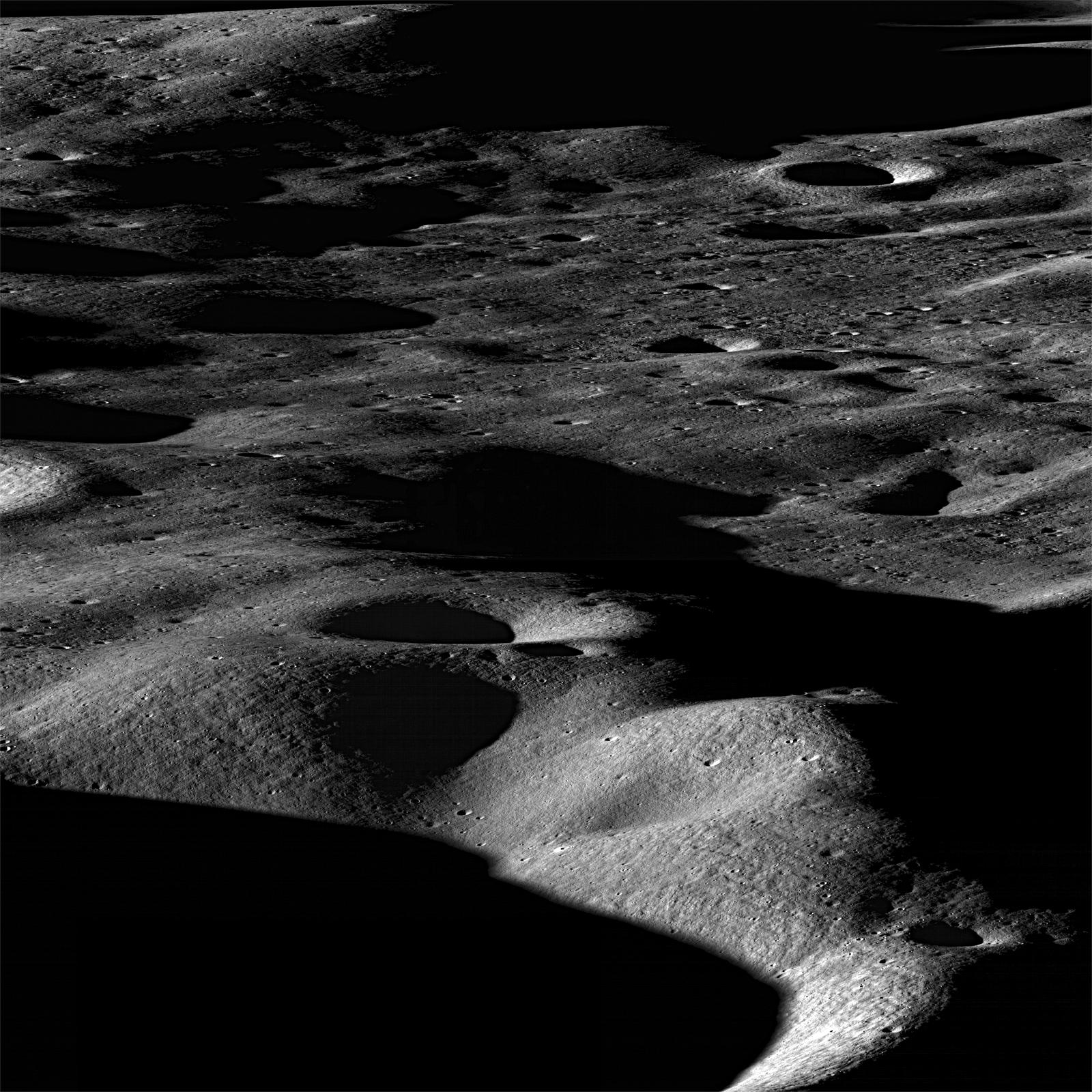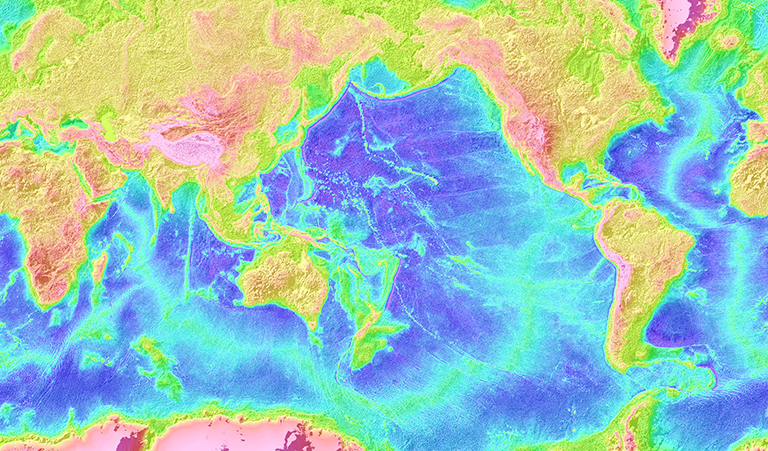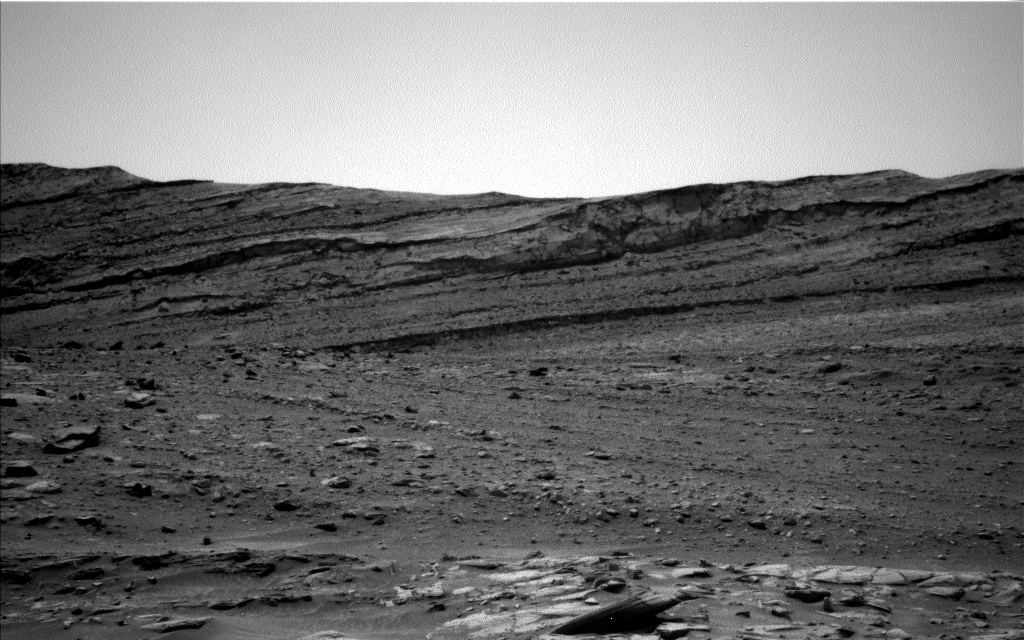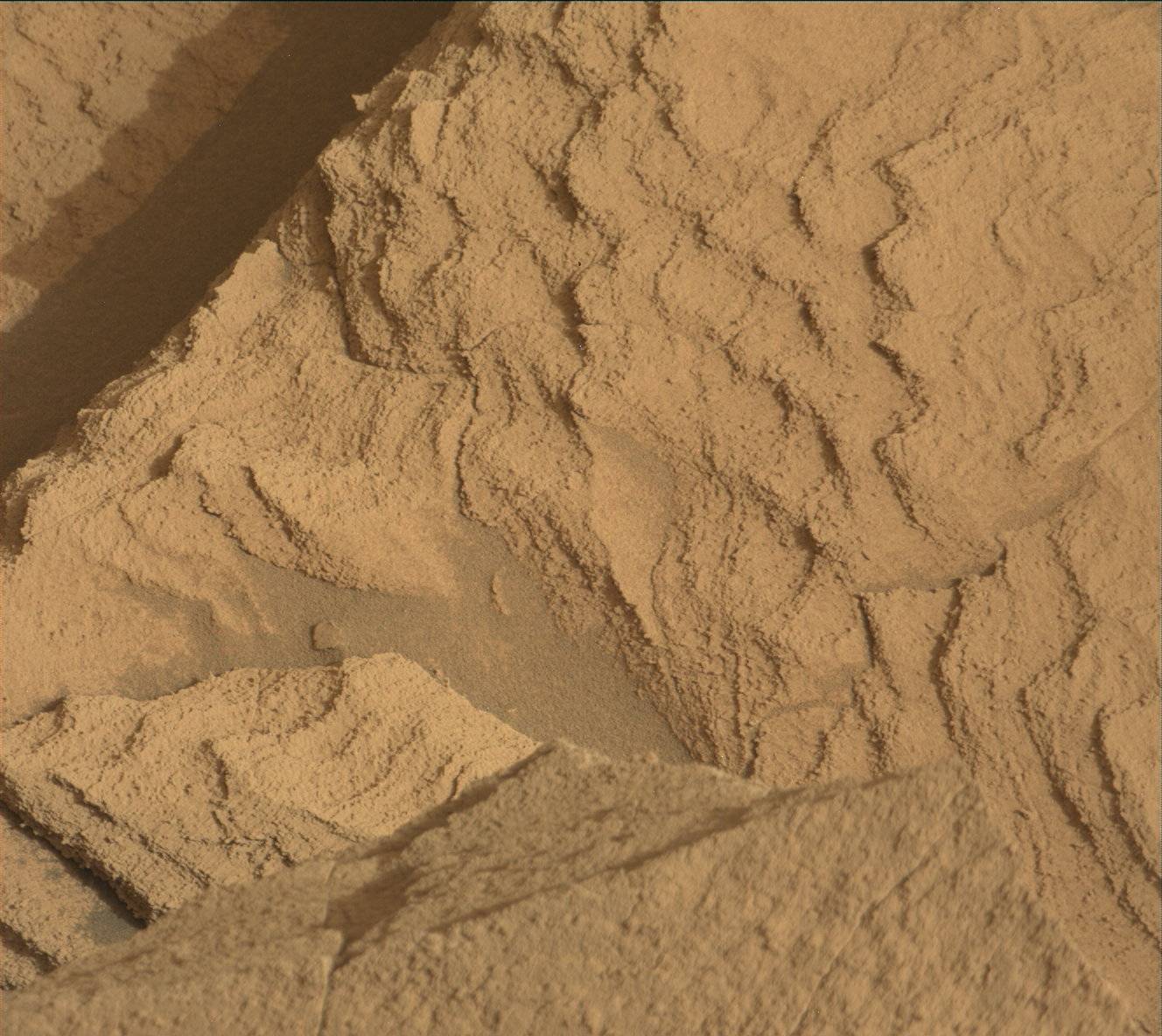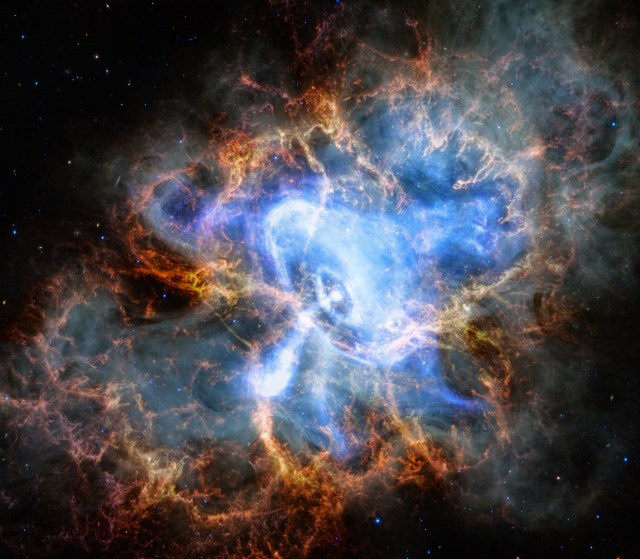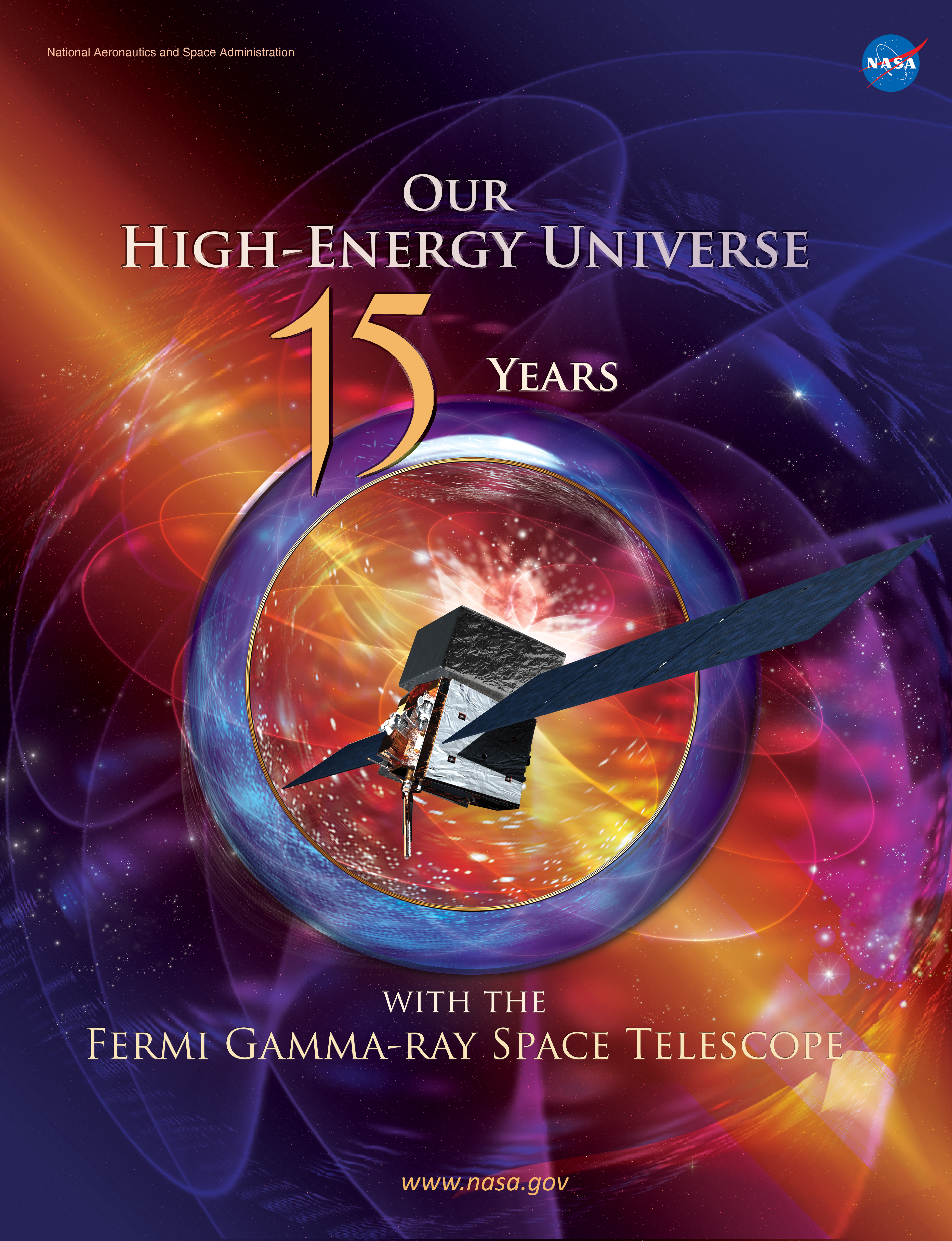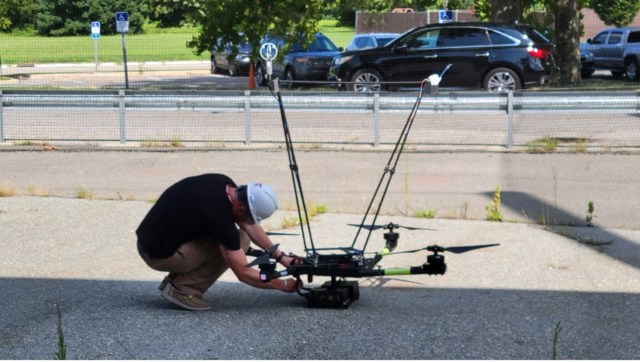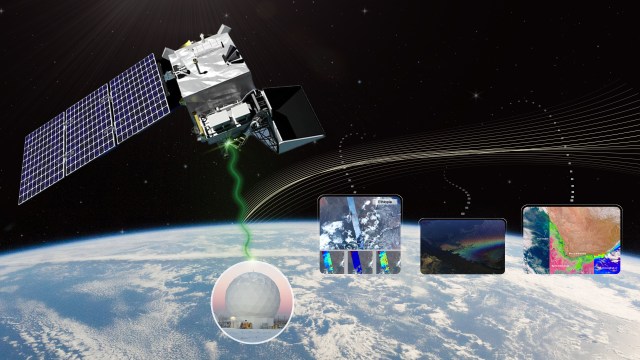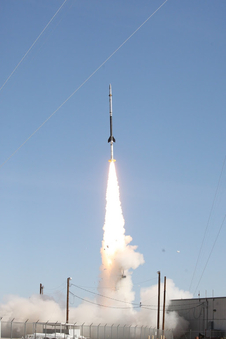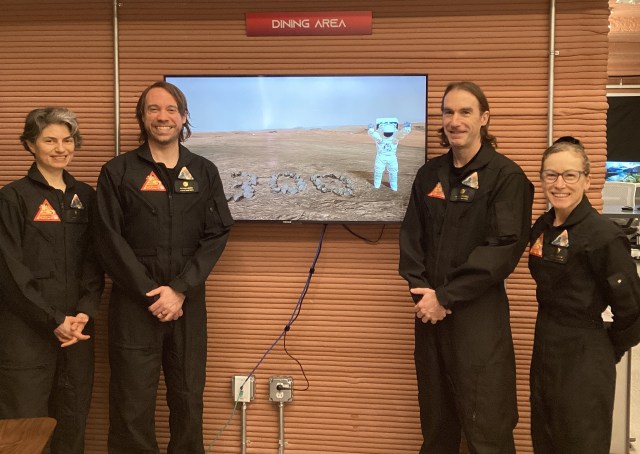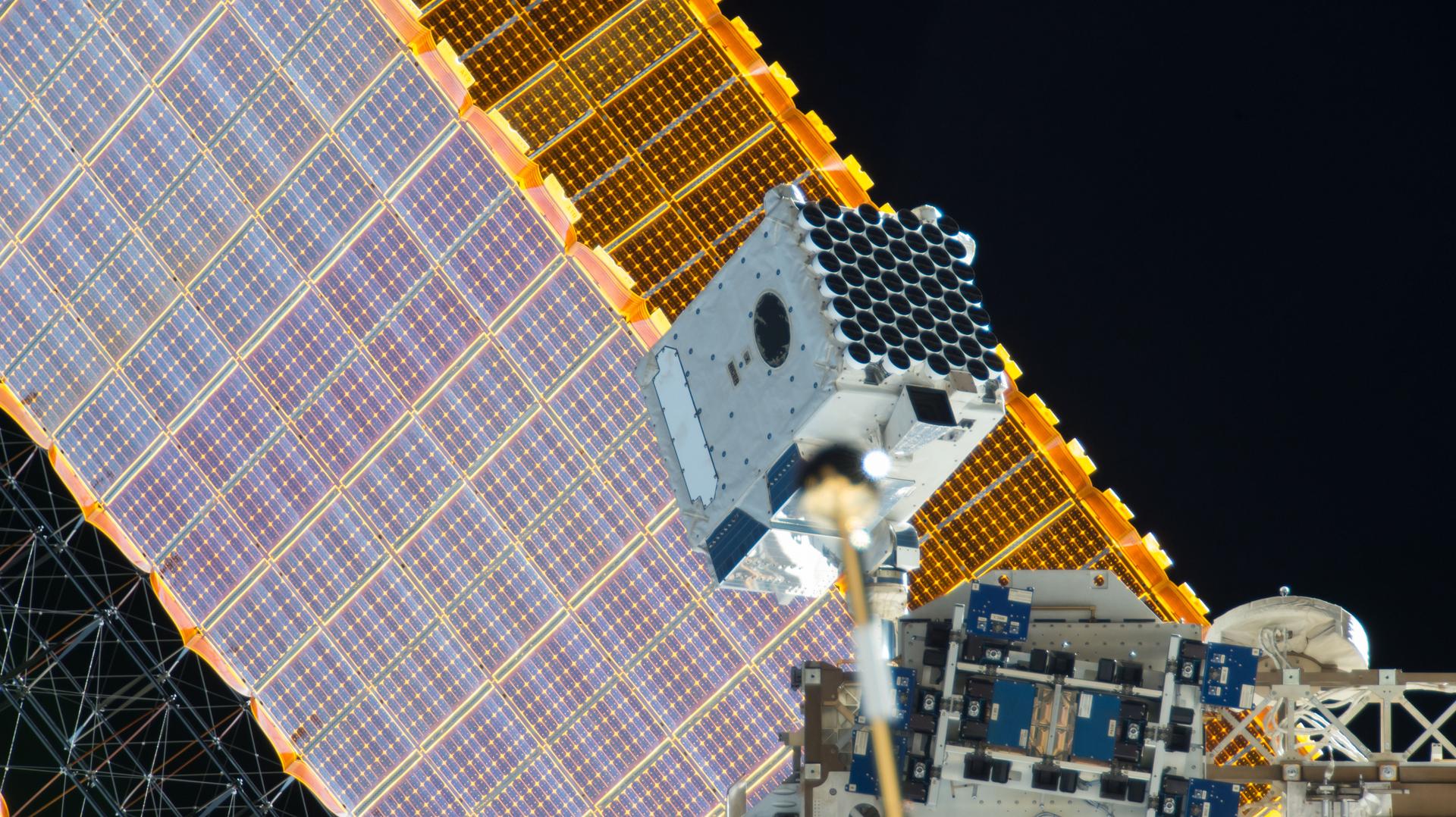NASA will make scientists and data visualizations available to journalists Friday, Sept. 27, with the release of a portion of the Fifth Assessment Report from the United Nations’ Intergovernmental Panel on Climate Change (IPCC).
The IPCC will issue the “Summary for Policymakers” of the “Physical Science Basis of Climate Change” section of the report in Stockholm on Friday and the full text of that section Monday, Sept. 30. Additional sections will be released in the coming months.
More than 25 NASA scientists helped author and review the Fifth Assessment Report. NASA also will provide unique data visualizations of projected temperature and precipitation changes for the 21st century, based on climate models referenced in the report.
NASA satellite observations, scientific analysis and climate modeling contributed to the report’s conclusions on such topics as temperature change, sea level rise, changes to glaciers and ice sheets, and Earth’s global energy balance. NASA climate models contributed to the international modeling effort to project climate change throughout the 21st century. NASA scientists also played a key role in evaluating climate model accuracy by comparing models to NASA satellite observations.
The following NASA scientists — listed with their hosting NASA facilities and points of contacts for media interviews — participated in the “Physical Science Basis of Climate Change” and the “Summary for Policymakers”:
Goddard Institute for Space Studies, New York:
• Drew Shindell, coordinating lead author, Chapter 8: Anthropogenic and Natural Radiative Forcing; drafting author, Summary for Policymakers
• Gavin Schmidt, expert reviewer, Chapters: 1: Introduction; 5: Information from Paleoclimate Archives; 8: Anthropogenic and Natural Radiative Forcing, and; 9: Evaluation of Climate Models
Media contact: Leslie McCarthy at leslie.m.mccarthy@nasa.gov or 212-678-5507.
Goddard Space Flight Center, Greenbelt, Md.:
• Joey Comiso, coordinating lead author, Chapter 4: Observations: Cryosphere
• Peter Hildebrand, expert reviewer, Chapter 4: Observations: Cryosphere
Media contact: Rani Gran at rani.c.gran@nasa.gov or 301-286-2483.
Jet Propulsion Laboratory, Pasadena, Calif.:
• Graeme Stephens, contributing author, Chapter 7: Clouds and Aerosols; lead author, Chapter 8: Anthropogenic and Natural Radiative Forcing; expert reviewer, Chapter 9: Evaluation of Climate Models
• Eric Rignot (JPL/University of California-Irvine), lead author, Chapter 4: Observations: Cryosphere
• Duane Waliser, expert reviewer, Chapter 9: Evaluation of Climate Models
Media contact: Alan Buis at alan.d.buis@jpl.nasa.gov or 818-354-0474.
The visualizations of climate model projections show how global temperature and precipitation patterns are expected to change through the year 2100. The projections are based on the carbon emissions scenarios used in “Physical Science Basis of Climate Change.” The visualizations will be available online at 8 a.m. EDT Sept. 27 at:
http://go.nasa.gov/18rLWnq
For more information about NASA programs, visit:
https://www.nasa.gov/
-end-
Steve Cole
Headquarters, Washington
202-358-0918
stephen.e.cole@nasa.gov

